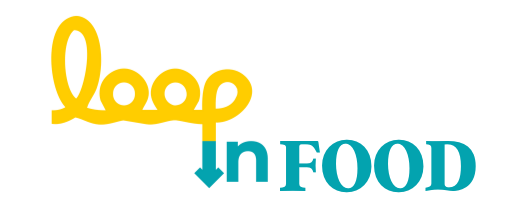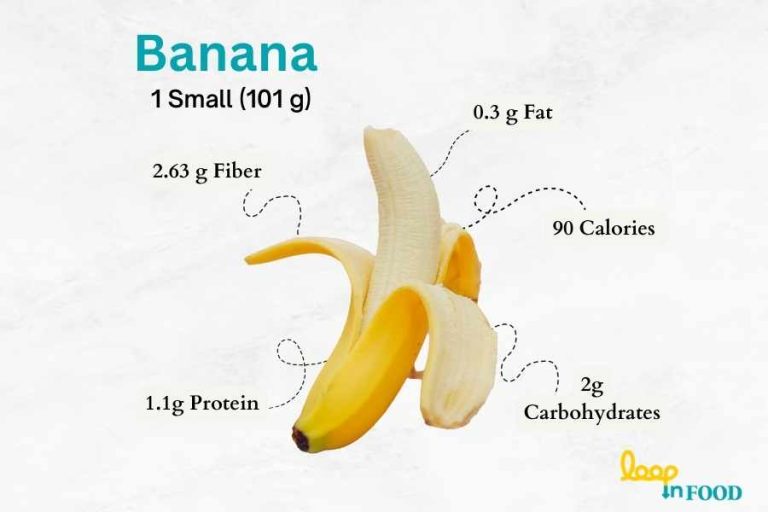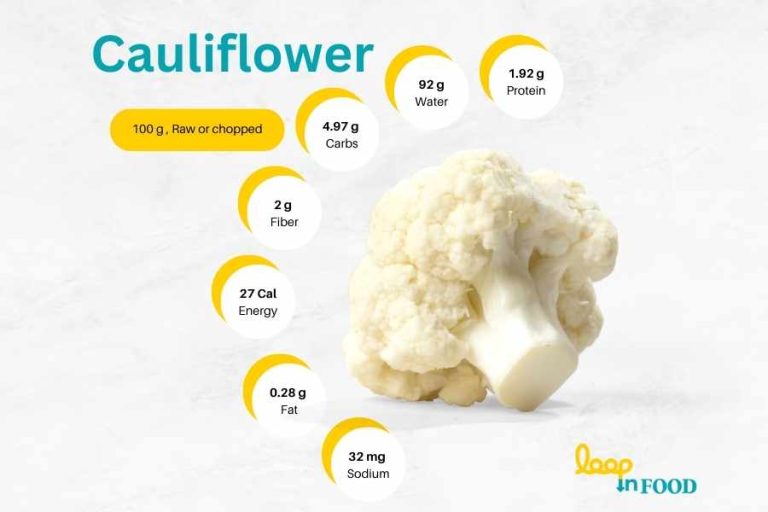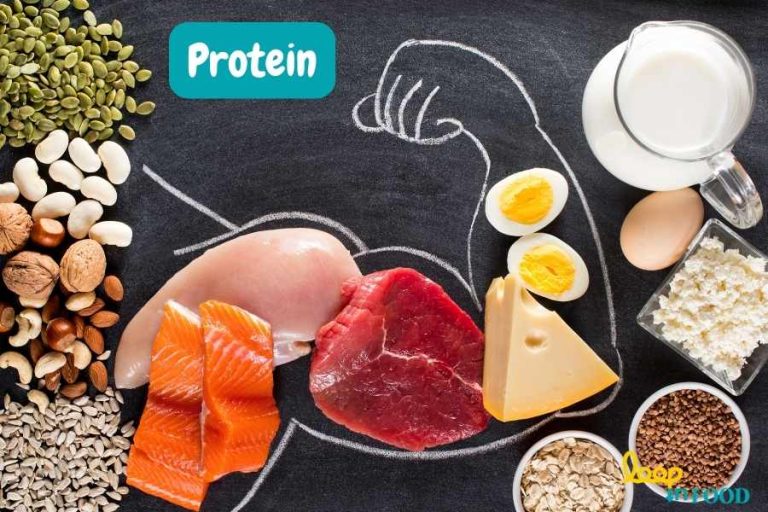What is Carbohydrate & how many types of Carbohydrate are there?

What is Carbohydrate?
Carbohydrates or carbs are one of three Macronutrients, present in the majority of our foods. Carbohydrates are composed of Carbon, Hydrogen & Oxygen at a molecular level. Different types of carbohydrate have different compositions of these molecules. In simple words, Carbohydrate or carbs are the nutritional category of sugars or those complex molecules that your body breaks down to make sugar, the typical sugar ring exists in this form.

How does your body process Carbohydrates?
In our diet carbs include sugars, fiber, and starches. When we eat carbohydrate-containing food, our body digests it and converted it into simple sugars (glucose) (by breaking the bonds between these rings and releasing it in our bloodstream. Our body utilizes this sugar as a source of energy for cells & tissues etc. Extra glucose is stored in muscle tissues or the liver for future use.
Fun way to learn
In explaining it simply you can imagine that each ring is holding the hands of another ring. when the body digests it. They leave each other’s hands.

Types of Carbohydrate
Carbohydrates are divided into two main Categories: depending upon their chemical structure and degree of polymerization (which means how easily they will breakdown & dissolve in your body)
- Simple (monosaccharides, Disaccharides)
- Complex (Polysaccharides)

Simple Sugars (Mono, Disaccharides)
Simple sugars have one to five sugar molecules. These are called simple sugars because our body does not do extra effort to break bonds between them. So, these molecules quickly absorb in blood, spiking blood sugar levels. They give a rapid boost of energy but you’ll soon feel hungry again.
Foods which are rich in simple sugars are sugars, candies and white bread, etc.
Below we are discussing in detail, all these carbs and what foods come under these categories.
Monosaccharides
what is a monosaccharides, these are 1-ring sugar molecules that cannot be decomposed further.
Glucose-rich foods include honey, dried fruits such as figs, apricot, dates, etc., and other manufactured foods like Jams & juices, etc.
Disaccharides
When two sugar molecule (monosaccharides) combine together they make disaccharides. Best example is Table sugar which is used on daily basis at our homes. it is made up of D-glucose and D-Fructose.
Complex Sugars (Polysaccharides)
Polysaccharides
These are long chains of Carbohydrates. As they compose hundreds or thousands of carbohydrate rings, it’s not easy to instantly release them in blood. Their digestion is a slow process. So our body stores carbs in polysaccharide form. It has the following types:
Starch: Natural starches consists of 10%-30% Amylose and 70-90% Amylopectin. In Amylose glucose molecule combine in liner chains. But in Amylopectin they from further branches as well. our body takes longer to digest complex starches so make you feel full longer.
Foods rich in starches are below
- Fruits: Such as melons, berries or apples
- Whole grains: like oatmeal, whole wheat pasta, brown rice
- Beans & legumes: lentils, kidney beans, black beans or chickpeas, etc.
- Vegetables: Corns, potatoes, peas, etc.
Glycogen: It is also known as animal starch. it is similar in structure except it has complex branches. Our body stores excess glucose in glycogen form mostly in the liver or in muscles.
Your brain also use glucose for energy. So, 20-25% of glycogen is going in your brain. This is the reason why you feel slugging or “brain fog” if you don’t consume enough carbs.
Fiber: It is a complex carbohydrate structures which can not completely digested by human. as humans doesn’t have particular enzymes in their digestive tract. Eventually most of it pass directly to your intestines, where good bacteria loves it. so it stimulate and aid in digestion. Fiber stays in your gut longer, keeps you feeling full, also regulate blood sugar. Fiber has proven health benefits.
Foods that are rich in fiber include:
- Whole grains: Brown rice, oat grains, etc.
- Vegetables: Carrots, Broccoli, Cauliflower, beetroot, etc.
- Dried Fruits: Figs, dates, etc.






